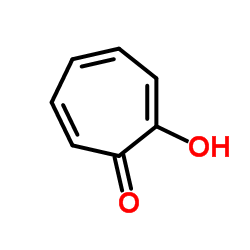| Structure | Name/CAS No. | Articles |
|---|---|---|
 |
Hinokitiol
CAS:499-44-5 |
|
 |
Tropolone
CAS:533-75-5 |